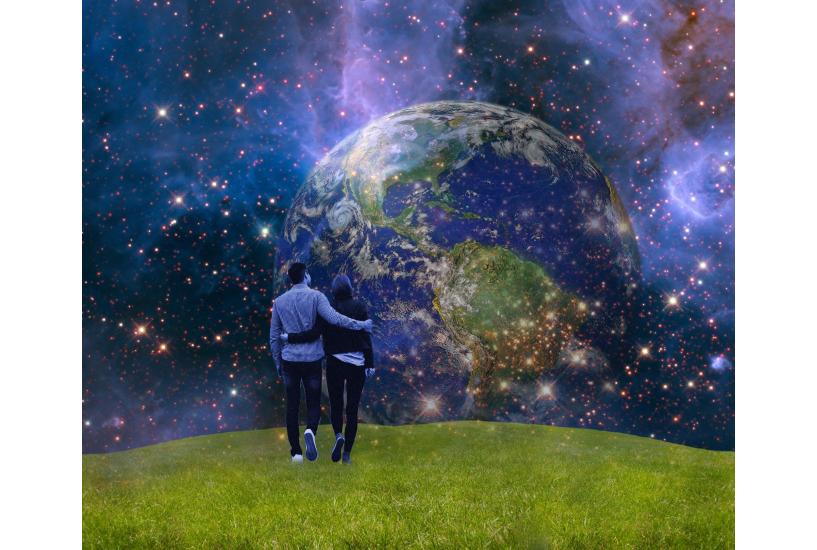Safe Psychedelic Journeys
by James Fadiman, Ph.D., author of The Psychedelic Explorer’s Guide and Your Symphony of Selves
Each of us must decide for ourselves whether to put into our bodies what affects our minds, be it micrograms of a chemical, milligrams of a mushroom, ounces of an alcoholic beverage, or smoke from burning tobacco. My book The Psychedelic Explorer’s Guide, now a classic in the field, examines the beneficial uses of psychedelics, LSD in particular. It does not advocate illegal activities of any kind.
To become more aware is your birthright. Denying anyone access to any facet of reality in the name of religion, science, medicine, or law serves neither the individual nor society. Whenever opportunities for self-realization are suppressed or are in danger of being lost, there is a moral imperative to protect and restore them. My book was written so that certain knowledge, experiences, and techniques for increased awareness would not vanish.
The Psychedelic Explorer’s Guide describes well-researched uses of psychedelics to advance a spiritual quest, for healing, for personal exploration and psychotherapy, and for facilitating scientific exploration and invention. It includes a first report on an emerging use: enhancing overall functioning.
The book contains guidelines for spiritual and scientific sessions so that those who choose to take or offer a psychedelic may do so with greater confidence and safety. These guidelines may also be helpful to those who have previously taken psychedelics for pleasure, insight, or wisdom as well as to those who have never taken them.
“What we ordinarily call ‘reality’ is merely that slice of total fact which our biological equipment, our linguistic heritage and our social conventions of thought and feeling make it possible for us to apprehend. . . . LSD permit[s] us to cut another kind of slice.”
—Aldous Huxley, Moksha
LSD and many psychedelic plants and chemicals are currently illegal in the United States and many other countries. However, as published in a 2006 study, according to the U.S. government’s own figures, at least twenty-three million people had tried LSD in the United States alone. This number has been increasing by about four to six hundred thousand people every year. Neither criminal penalties nor blatant misinformation over the past forty years appears to have curbed personal experimentation. Factual information that could reduce misuse and enhance known benefits can’t help but be useful.
In the future, there should be research and training centers for psychedelic experience that are safe and secure, with both secular and sacred settings to ensure adequate training for wise and compassionate use. Such institutions would restore the care and respect that psychedelics have been accorded in almost every other culture over thousands of years. Until the remaining barriers to accurate information and training for the use of these substances are finally removed, resources like The Psychedelic Explorer’s Guide can be helpful.
How and if ever you use a psychedelic is your own decision. If my book helps you make a more informed decision, it will have more than served its purpose. If it prevents you from doing something foolish, it will have been invaluable.
What the Book Contains
If shamanistic reports—similar over continents, cultures, and eons—are to be seriously considered, it appears that certain plants have the capacity to induce specific states of awareness in humans to transmit information deemed necessary to retain and restore the natural harmony of the biological kingdoms. The ethnobotanist and entheogenic researcher Terence McKenna and others speculate that to some degree civilization evolved or was developed by those who ingested these substances.
Today, the harmony that once existed is in tatters. The disruption between our species and the rest of nature has never been wider, its effects never more pronounced. “By having disconnected ourselves emotionally from the Earth and plants we have lost our understanding of those links and mutual relationships,” writes Stephen Harrod Buhner.
Part 1 of the book, “Transcendent Experience,” is one attempt among many to buttress the forces of restoration. The first two chapters are guidelines for how to conduct or be guided in sacred sessions. In chapter 3, Alan Watts describes what characterizes an entheogenic (from Greek, literally “becoming divine within”) experience. Chapter 4 concludes part 1, with major figures in the science of consciousness recalling and evaluating their early psychedelic sessions.
Part 2, “Personal Growth and Self-Exploration in Psychedelic Sessions,” is based on well-documented data, research, and experience. The current research renaissance has focused on patients with extremely serious physical and mental conditions rather than those with the broader range of psychotherapeutic concerns. From ibogaine (a plant from West Africa) helping people overcome cocaine and heroin addiction, to MDMA (ecstasy, ADAM, X, and many other names) alleviating the torments and healing the wounds of posttraumatic stress (along with supportive therapy), to psilocybin reducing the anxiety of patients with advanced-stage cancer, there is ample evidence that, wisely administered, these substances lessen the suffering caused by addiction, disease, and mental anguish.
Part 2 includes information about the earlier, more established use of psychedelics with adult outpatients and with healthy, well-functioning individuals interested in personal exploration. It also includes a chapter by David Presti and Jerome Beck covering the myths surrounding LSD. Chapter 6, written by the psychotherapist Neal Goldsmith, is a resource guide of what to do if things go wrong—and they do.
Part 3, “Enhanced Problem Solving in Focused Sessions,” covers psychedelic sessions to facilitate problem solving for scientific and technical problems. Before 1966, when the U.S. government terminated almost all research, a few groups had learned how to use these substances to aid creativity, although that research has since been neglected. Part 3 contains a description of running such sessions that are quite different from the recommendations for therapy or for spiritual experience and includes a chapter by Willis Harman and myself about that breakthrough research.
Chapters 10 through 13, including chapter 12 by Willis Harman and chapter 13 by George Leonard, illustrate the diversity of individual and group results achieved in sessions.
Specialized use of psychedelics has already changed our culture. Two Nobel Prize winners attributed their breakthroughs to their use of LSD. Near his death, Francis Crick let it be known that his inner vision of the double helix of DNA was LSD enhanced. The chemist Kary Mullis reported that LSD helped him develop the polymerase chain reaction to amplify specific DNA sequences, for which he received the prize. The last chapter in part 3 is my personal account that begins the day the government discontinued LSD research.
Part 4, “New Horizons,” covers some emerging directions of psychedelic use. Users of sub-perceptual doses (10 micrograms or less), also known as microdoses, reveal surprising results that are discussed in chapter 15. Astonishingly, beyond the data described in chapter 16, there have been no other surveys of current psychedelic users’ drug histories. Those surveys asked:
- What have you taken? (Many different substances are available.)
- Why (e.g., social, spiritual, fun, being with friends, etc.)?
- What effects did it have?
- What good or harm has it done you?
- What are your future intentions (to take or not take again)?
Part 4 also includes how psychedelics affected my career, personality, and worldview (chapter 17) and a chapter about current trends and positive possibilities for psychedelics (chapter 18). The second wave of psychedelic exploration has begun.
Part 5, “The Necessary, the Extraordinary, and Some Hard-Core Data,” presents areas of more specialized interest. The checklist in chapter 19 (which boils down chapters 1 and 2) is for someone seriously intending to be a guide or have a guided experience to be able to quickly and easily be sure that all bases are covered. Chapter 20 contains three personal reports, by Michael Wiese, “Anatole,” and Lindsey Vona. The first two reports are ayahausca sessions. The third is a profound mystical sojourn experienced during fourteen days in total darkness.
The final two chapters of part 5 are for data lovers who, not satisfied with individual examples, ask for and expect to be given group data. Chapter 21 lists specific behavior changes after a single-dose therapeutic session, as described in chapter 5. Chapter 22, written by Willis Harman and myself, tallies the results of a questionnaire study about guided psychedelic experiences. The responses offer ample evidence of the value people place on well-guided journeys.
As you can see, a number of chapters have been contributed by other, fellow researchers, though unless otherwise noted, the chapters in the book were written by me. If something is missing that you want told, taught, or corrected, then, as the contemporary Zen sage Scoop Nisker said, “If you don’t like the news, then go out and make some of your own.”
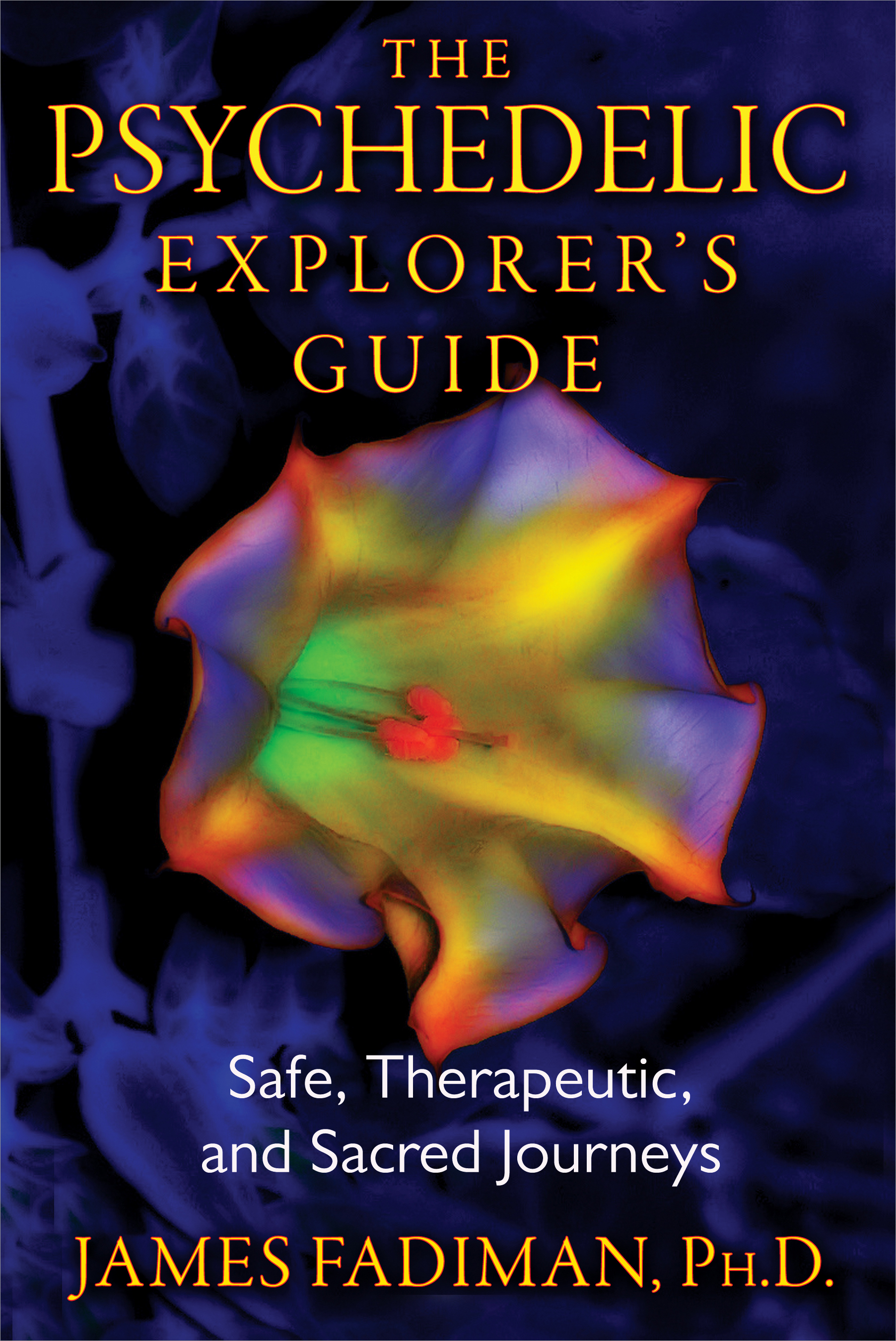 |
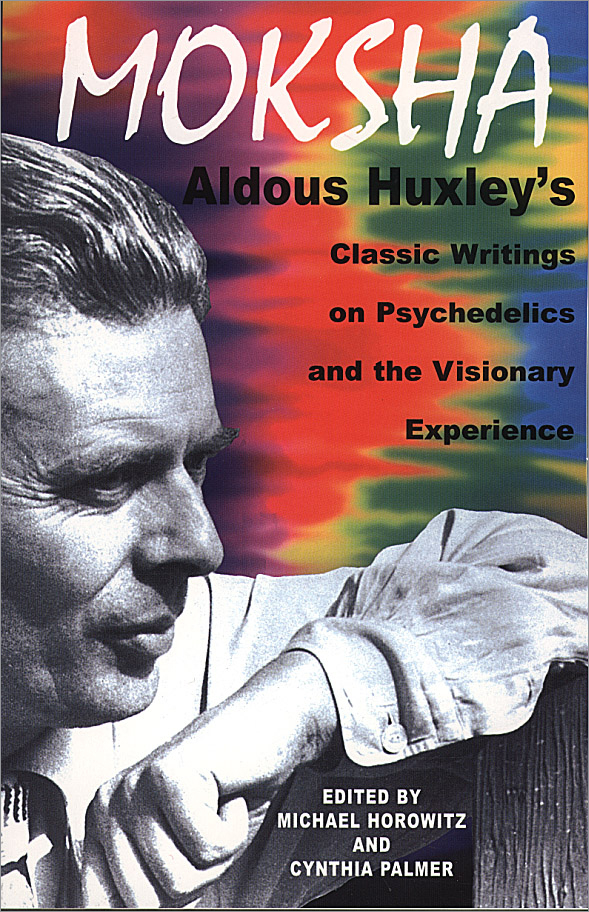 |
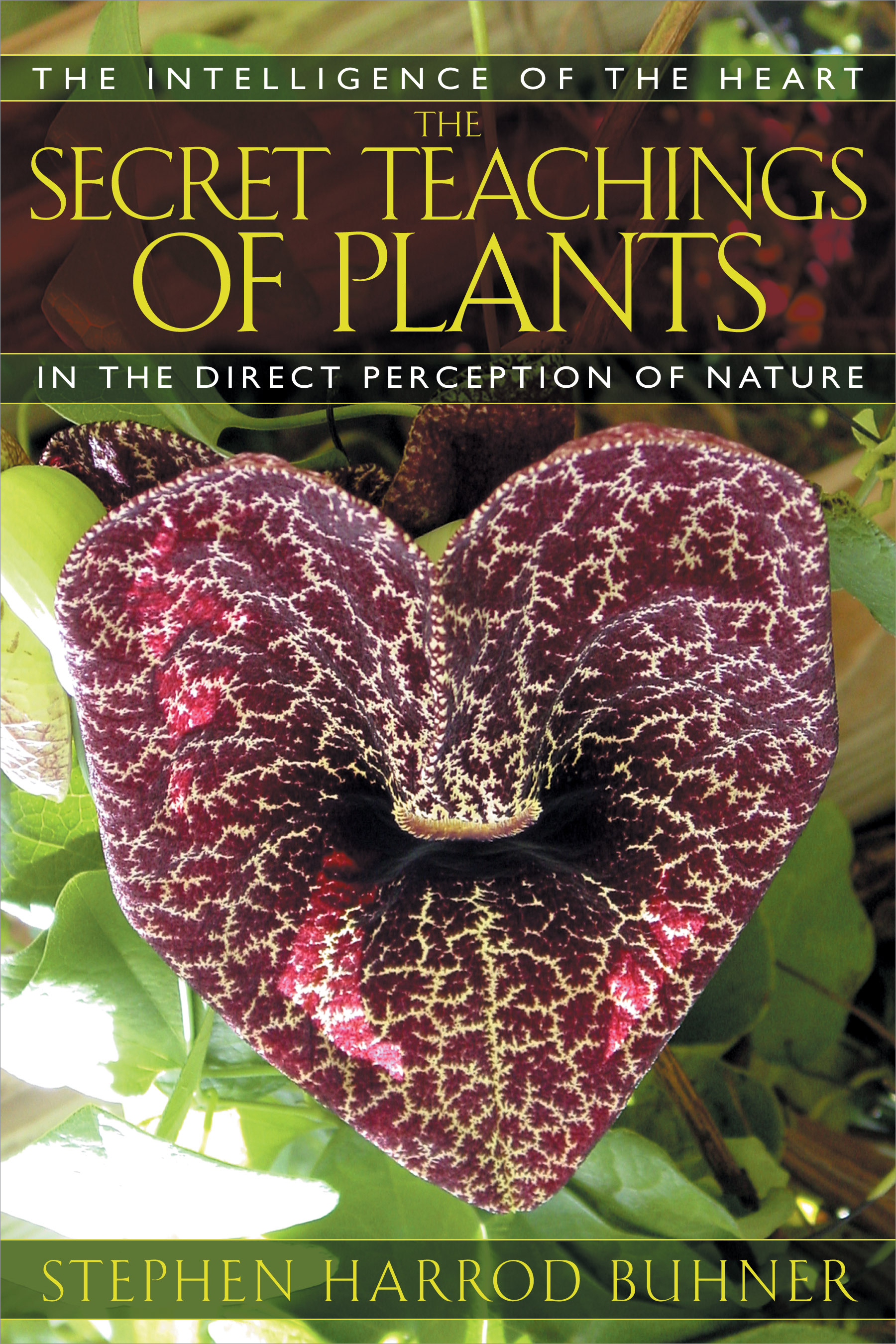 |
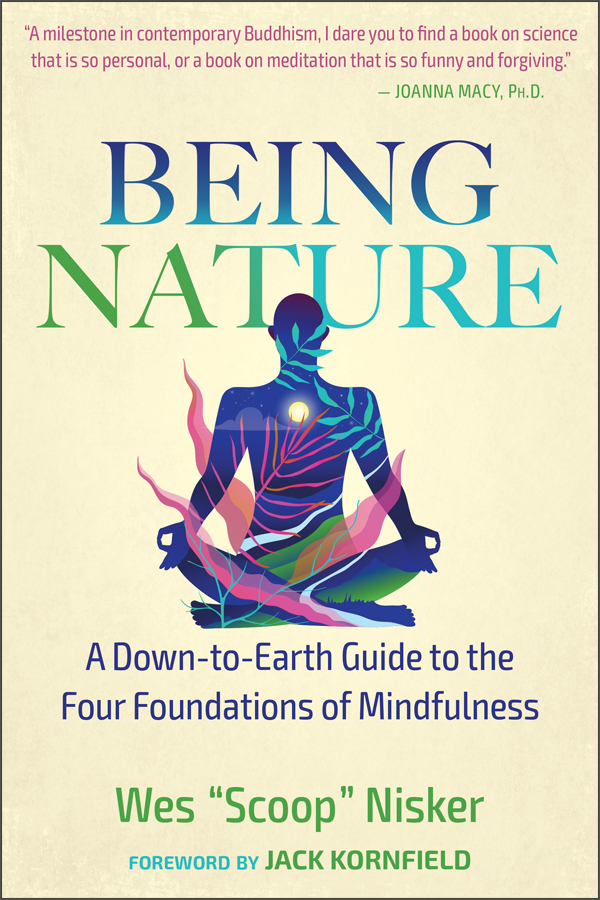 |
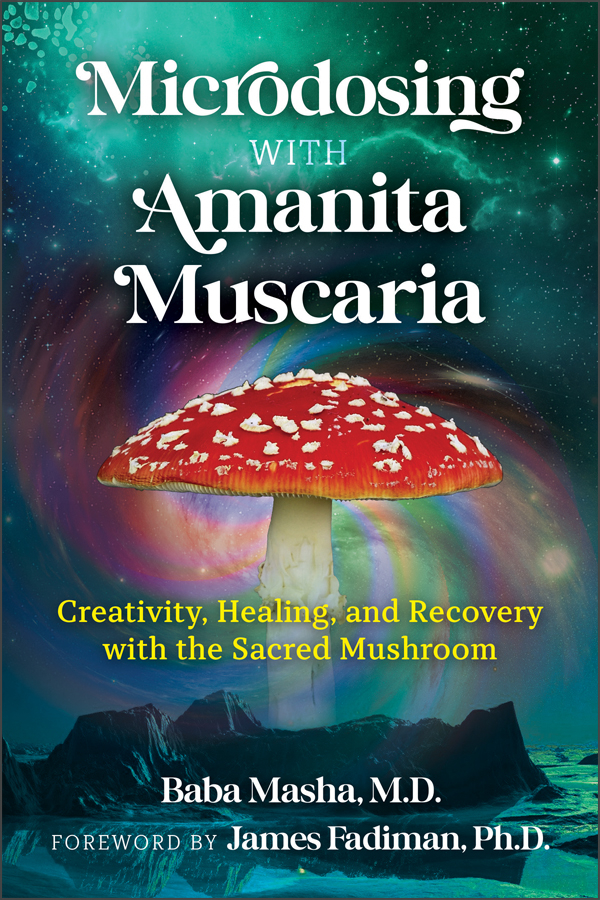 |
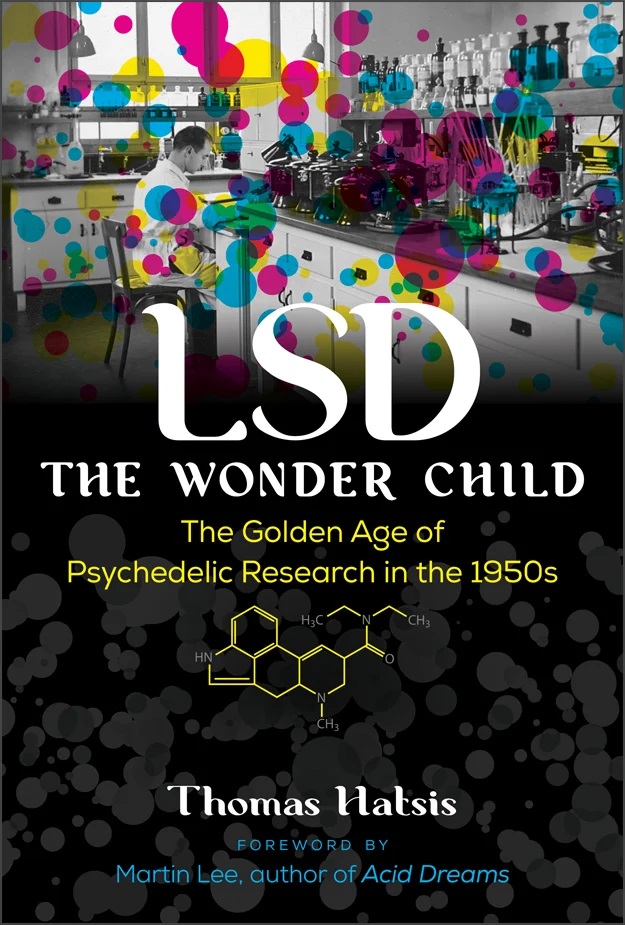 |
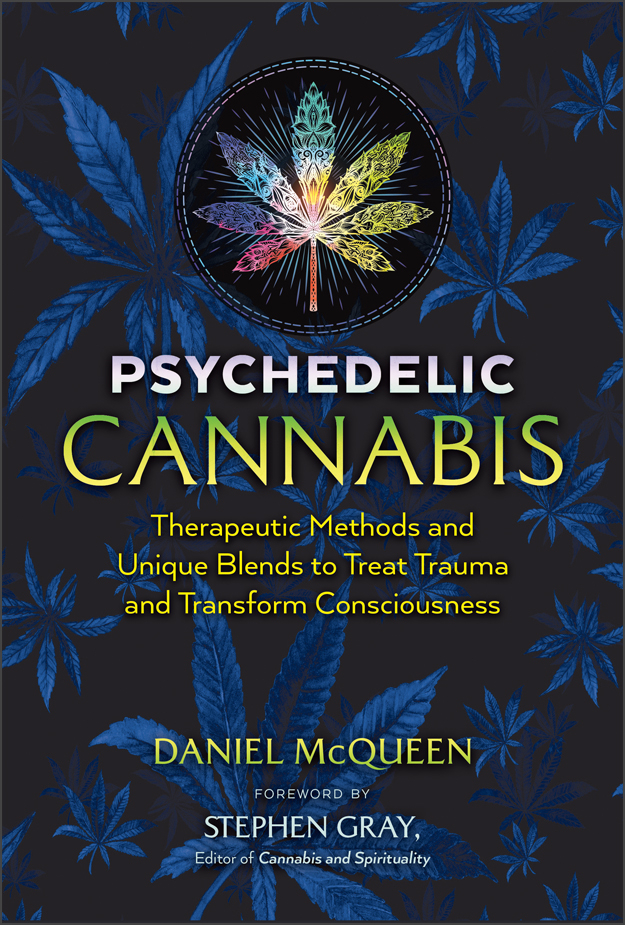 |
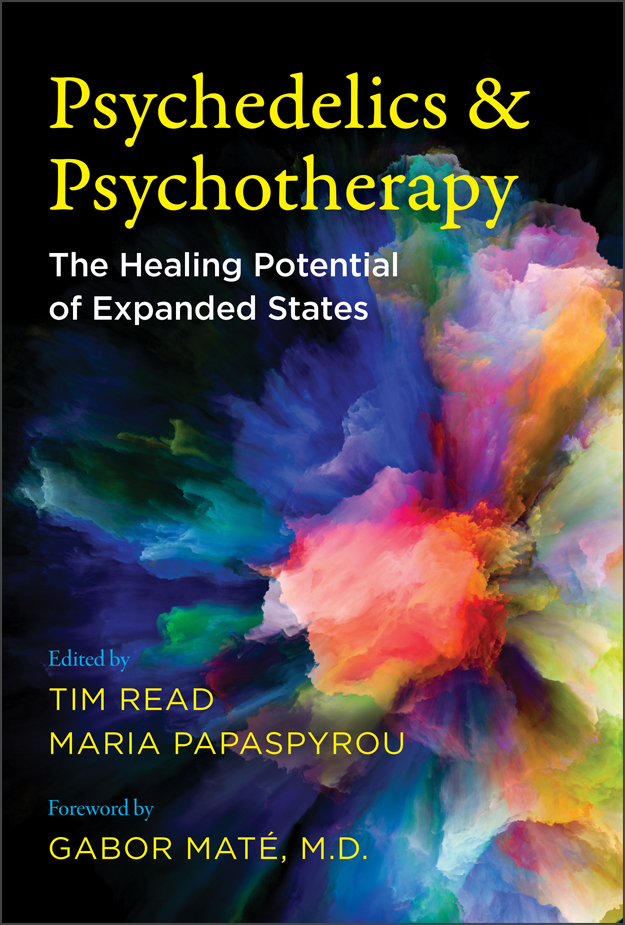 |


